Sylvania Flashlights

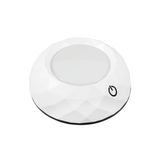
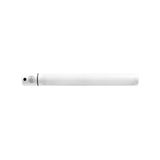

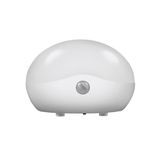
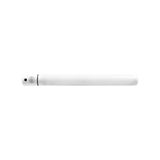
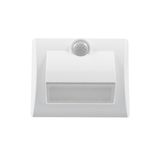

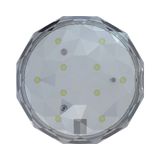
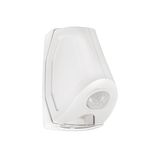
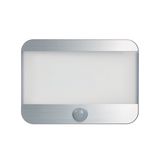
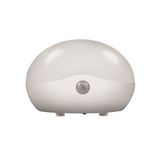
sylvania flashlights for field maintenance
Portable gear lives hard lives in risers, rooftops, and plant rooms. Housings are aluminium or reinforced polymer with gasketed seams; optics use TIR for throw or wide diffusers for area work. Expect regulated drivers that hold output instead of peaking, IP54–IP68 ingress, 1–2 m drop resistance, and −20…+50 °C operation. High-CRI options (≈90) help with conductor identification; anti-roll bodies and glove-friendly switches are standard. Lumen classes commonly sit between 200 and 3,000 lm with gradual thermal step-down to avoid sudden dark spots.
sylvania led torches optics and output control
Beam architecture matters more than headline lumens. Narrow 8–12° spots trace cable trays at distance; hybrid 20–40° beams balance throw and spill for switchboards; 90–120° floods fill ceiling voids. Colour temperature typically 4000–5000 K for neutral rendering; PWM-free low modes keep Pst LM/SVM within workplace guidance. On shift work, crews map beam type to SOPs so each bag carries the right optic rather than a one-size compromise.
sylvania rechargeable flashlights power and charging
Most bodies take 18650/21700 Li-ion with on-board USB-C; dockable bases fit vehicles and workshops. Drivers use CC-CV charging with clear status LEDs; runtime targets should be specified at the required work level, not the boost spec. Pack compliance is documented (UN 38.3 transport, IEC 62133 cells) and seals protect the port against wash-downs. Fleet managers standardise connectors and charge routines so bay scheduling doesn’t stall crews.
sylvania portable led lights form factors and IP
Form factors cover penlights for panel depth checks, headlamps for ladder work, magnetic work lights with articulated heads, and compact flood pads for pit areas. Ratings range from IP54 for indoor maintenance to IP66/IP68 for wet vaults; IK08 housings and conformal-coated boards ride out knocks and condensation. Mounting options—helmet clips, magnets, ¼-20 threads—are shared across series to keep accessories interchangeable.
sylvania handheld lighting ergonomics and safety
Low-mode presets protect night vision in basements; lock-out prevents accidental activation in pockets; tail-stand and anti-roll flats keep beams where you set them. Thermal management is a gradual ramp, not abrupt step-offs. For ATEX-restricted zones, intrinsically safe variants should be specified explicitly, with beam and runtime matched to the permit task. Lanyard points and knurled grips reduce drop risk when gloved.
sylvania outdoor flashlights beam control and durability
Exterior rounds need sealed USB flaps, UV-stable lenses, and corrosion-resistant fasteners. Wide-to-narrow variable optics help when paths switch between open lots and plant corridors. Cold-start behaviour is stable down to typical −20 °C ratings; boost modes are time-limited to manage thermal shock in still air. Specify gasket kits and spare O-rings with each lot so seals remain honest after yearly servicing.
sylvania compact led torches selection and kitting
Compact bodies ride on belts and in jacket pockets without snagging harnesses. Choose 100–500 lm heads for inspection, 800–1,500 lm for general maintenance, and 2,000–3,000 lm for area search. Keep one battery family across teams to simplify spares; bundle holsters, helmet clips, and magnetic bases per role so technicians don’t improvise mounts on site.
Technical specifications and standards
- Optics: TIR spot 8–12°, hybrid 20–40°, flood 90–120°; high-CRI (≈90) options for wiring colour fidelity.
- Electrical: regulated drivers; low-mode flicker kept below workspace thresholds; reverse-polarity and thermal protection.
- Power: 18650/21700 Li-ion; CC-CV charging via USB-C or dock; typical 2–8 h at work levels.
- Mechanics/IP/IK: IP54–IP68; 1–2 m drop; aluminium or reinforced polymer; sealed switches and ports.
- Environment: −20…+50 °C; conformal-coated boards on heavy-duty models.
- Compliance: IEC 60529 (IP), IEC 62133 (cells), UN 38.3 (transport), CE/EMC to EN 55015/EN 61000-3-2 where applicable.
Applications and compatibility
Electrical rooms: high-CRI inspection modes, slim bezel heads for tight panels. Lift pits and plant rooms: magnetic floods with articulated arms. Security/FM: long-throw beams and holsters. Tunnels/basements: red/low presets and helmet mounts. Where tools interface with asset systems, QR-coded IDs tie units to service logs and battery rotations.